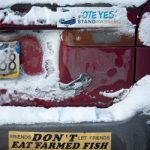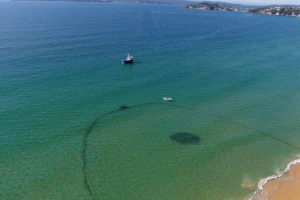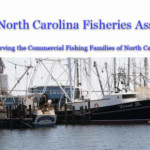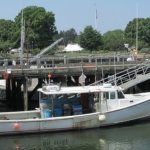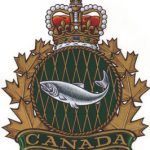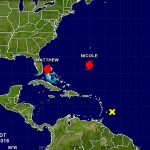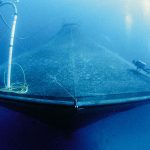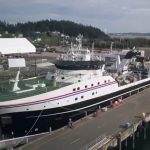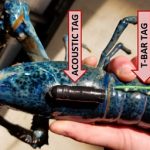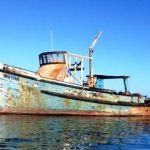Tag Archives: bottom trawling.
NOAA postpones controversial bottom trawling experiment in Alaska’s Northern Bering Sea
 The project, called the Northern Bering Sea Effects of Trawling Study, or NETS, has been envisioned as an experiment to examine impacts of commercial bottom trawling in an area of the Bering Sea where it is currently banned. Bottom trawling is a method of fish harvesting that uses nets to sweep the seafloor. While it is prohibited in the Northern Bering Sea, the shift in fish populations caused by climate change may build pressure for bottom trawling there in the future, according to the study plan. The study has been designed as a multiyear project to start as early as this August. It was to be conducted by the Alaska Fisheries Science Center, a branch of the National Oceanic and Atmospheric Administration’s Fisheries Service, also known as the National Marine Fisheries Service. News of the decision came in an emailed letter from Janet Coit, director of NOAA Fisheries, to tribal organizations that had expressed opposition to the project. more, >>click to read<< 09:52
The project, called the Northern Bering Sea Effects of Trawling Study, or NETS, has been envisioned as an experiment to examine impacts of commercial bottom trawling in an area of the Bering Sea where it is currently banned. Bottom trawling is a method of fish harvesting that uses nets to sweep the seafloor. While it is prohibited in the Northern Bering Sea, the shift in fish populations caused by climate change may build pressure for bottom trawling there in the future, according to the study plan. The study has been designed as a multiyear project to start as early as this August. It was to be conducted by the Alaska Fisheries Science Center, a branch of the National Oceanic and Atmospheric Administration’s Fisheries Service, also known as the National Marine Fisheries Service. News of the decision came in an emailed letter from Janet Coit, director of NOAA Fisheries, to tribal organizations that had expressed opposition to the project. more, >>click to read<< 09:52
On fisheries, Australia must be prepared for New Zealand as opponent rather than ally
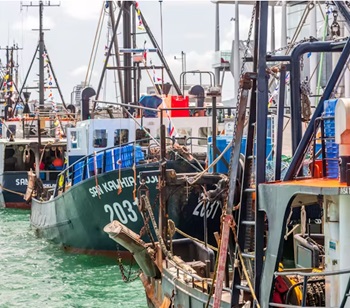 On February 1, senior Australian and New Zealand ministers signed a Joint Statement of Cooperation, acknowledging the long history of collaboration between the two nations. The same week, New Zealand rejected an Australian proposal on sustainable fishing at the annual fisheries meeting of nations that fish in the high seas of the South Pacific. The move has driven a wedge between these traditional allies. At stake was an agreement by those nations to protect 70% of special and vulnerable marine ecosystems, such as ancient corals, from destructive fishing practices like bottom-trawling. Until December 2023, NZ was jointly leading the work to implement this agreement with Australia. But New Zealand’s new government, a coalition of conservative parties, rejected the proposed restrictions, citing concerns about jobs and development. more, >>click to read<< 10:53
On February 1, senior Australian and New Zealand ministers signed a Joint Statement of Cooperation, acknowledging the long history of collaboration between the two nations. The same week, New Zealand rejected an Australian proposal on sustainable fishing at the annual fisheries meeting of nations that fish in the high seas of the South Pacific. The move has driven a wedge between these traditional allies. At stake was an agreement by those nations to protect 70% of special and vulnerable marine ecosystems, such as ancient corals, from destructive fishing practices like bottom-trawling. Until December 2023, NZ was jointly leading the work to implement this agreement with Australia. But New Zealand’s new government, a coalition of conservative parties, rejected the proposed restrictions, citing concerns about jobs and development. more, >>click to read<< 10:53

Banning Bottom Trawling Could Lead to Higher Carbon Footprints As Consumers Seek Alternatives
Banning demersal trawling would lead to higher CO2 emissions as consumers switch to more protein produced on land, according to a new scientific paper. Writing in the ICES Journal of Marine Science, researchers agree that demersal trawling can be highly destructive when not managed well, but when stocks are overfished, this is usually due to poor management. The scientists led by Prof Ray Hilborn at the University of Washington and involving researchers at Heriot-Watt and Bangor universities used relative benthic status to measure the impact of trawling on the seabed. The authors note that catching fish in the ocean “uses no pesticides or fertilizer, almost no fresh water, and no antibiotics”. >>click to read<< 09:20
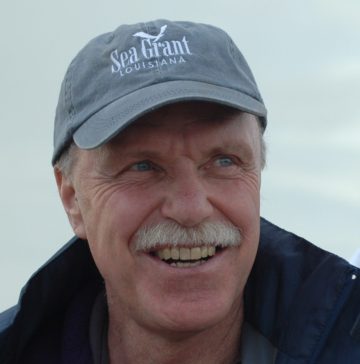
Fisheries in Focus: Busting misconceptions about bottom trawling and its environmental impacts
In a new review paper published in the ICES Journal of Marine Science, researchers argue that well-managed bottom trawling produces sustainable and environmentally friendly food. A review paper is a roundup of all the latest info on a topic – a deep dive into a pool of research papers to pull out the most important aspects. In this case, Hilborn et al., 2023 went over all recent research on the environmental impacts of bottom trawling and boiled them down to four major impacts: Sustainability of target species, Impact on the seafloor, Bycatch and discards, Carbon emissions. The review also compared bottom-trawled seafood to other forms of food production. It concluded that well-managed bottom trawling can produce food with less environmental impact than chicken or pork production. Good, effective management is the key. >click to read< 11:44
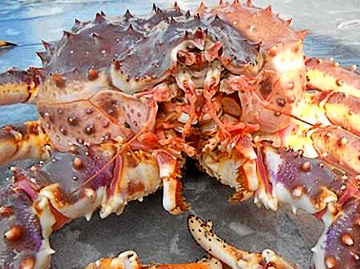
NOAA denies emergency request to close red king crab savings areas
The National Oceanic and Atmospheric Administration has denied an emergency request Friday to close crucial habitat for Bristol Bay red king crab to all types of commercial fishing. That comes after Alaska Bering Sea Crabbers petitioned in late September for a closure of the red king crab savings areas to protect the species during a time of historically low stocks. The savings area was established in 1996 and is permanently closed to bottom trawling, but it remains open to midwater trawlers, pot fishing and longlining. Bottom trawling is allowed, however, in a small section within the savings area, known as the savings subarea, when Bristol Bay red king crab is not open to directed fishing. >click to read< 09:15
Press release – NOAA Fisheries Denies Request for Emergency Action to Close the Red King Crab Savings Area and Subarea – >click to read<
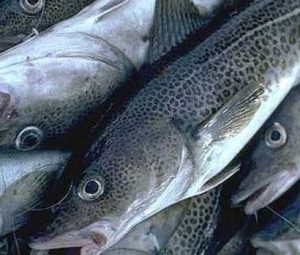
SEA-NL says bottom-trawling must be banned from all three adjacent cod stocks (not just two)
Seaward Enterprises Association of Newfoundland and Labrador (SEA-NL) has recommended that Fisheries and Oceans expand its ban on bottom-trawling to include all three cod stocks off the province’s shores. “Fisheries and Oceans cannot scientifically justify banning bottom-trawling for cod in two adjacent stocks when all three are in the critical zone,” says Ryan Cleary, SEA-NL’s interim Executive Director. DFO allows for bottom-trawling of the cod stock off southern Newfoundland in fishing zone 3Ps. However, bottom-trawling is banned in the northern cod fishery off eastern Newfoundland and Labrador, and for cod in the Gulf of St. Lawrence. All three cod stocks have been designated by DFO science as in the critical zone, meaning fishing must be kept to a minimum. >click to read< 12:06
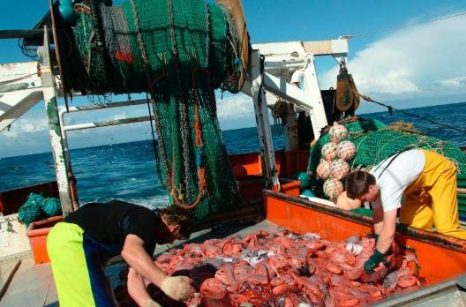
Bottom trawling for orange roughy has scientists worried
Three of the nine fisheries within New Zealand waters were recently deemed sustainable once again. But it is bottom-trawling for orange roughy on the high seas – the area out beyond the 12 nautical mile limit of New Zealand and Australia’s exclusive economic zone – that has scientists and conservationists worried.,, Experts call them “vulnerable marine eco-systems” (VMEs) but some in the fishing industry even object to the term as “unscientific and akin to labelling fishermen as murderers”. These tensions led to protracted wrangling about how best to protect the South Pacific’s orange roughy and that has now culminated in threats of legal action from New Zealand’s powerful fishing industry interests. >click to read<13:45
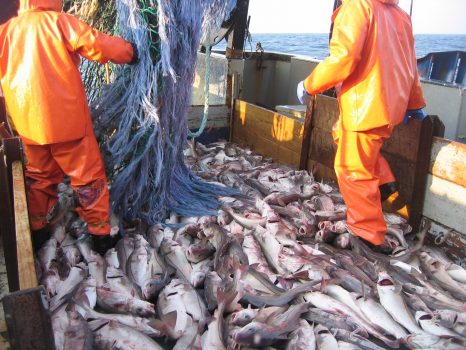
Study Reviews Trawler Effects on Seabed
An international group has taken a close look at how different types of bottom trawling affect the seabed. It finds that all trawling is not created equal — the most benign type removes 6 percent of the animal and plant life on the seabed each time the net passes, while the most other methods remove closer to a third. A University of Washington professor is among the main authors on the study, led by Bangor University in the U.K. and published July 17 in the Proceedings of the National Academy of Sciences. The meta-analysis looks at 70 previous studies of bottom trawling, most in the Eastern U.S. and Western Europe. It looks across those studies to compare the effects on the seabed of four techniques: otter trawling, a common method that uses two “doors” towed vertically in the water or along the bottom to hold the net open; beam trawls, which hold the net open with a heavy metal beam; towed dredges, which drag a flat or toothed metal bar directly along the seafloor; and hydraulic dredges, which use water to loosen the seabed and collect animals that live in the sediment. click here to read the story 16:04
The Impacts of Trawling in the North Sea are Overrated
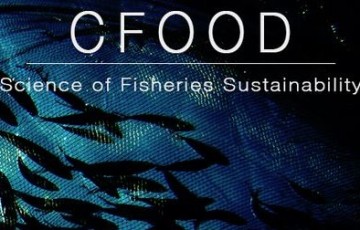 A new study by Ferdinand Oberle, Curt Storlazzi, and Till Hanebuth attempted to quantify the global impact of bottom trawling on continental shelf. It presents a high-resolution, one-year, spatial record of ground-penetrating fishing activities, namely otter trawling (referred to as bottom-trawling in the paper) on the NW-Iberian shelf, and calculates the resuspended sediment load caused by the operations of this fleet. The authors also challenge conclusions from papers like Kaiser et al 2006 that suggest trawling affected seabed hotspots are rare. To this end the authors found NW Iberian shelf areas to be experiencing trawling on average 5.9 times per annum compared to less than 1 in previous studies. Read the rest here 21:18
A new study by Ferdinand Oberle, Curt Storlazzi, and Till Hanebuth attempted to quantify the global impact of bottom trawling on continental shelf. It presents a high-resolution, one-year, spatial record of ground-penetrating fishing activities, namely otter trawling (referred to as bottom-trawling in the paper) on the NW-Iberian shelf, and calculates the resuspended sediment load caused by the operations of this fleet. The authors also challenge conclusions from papers like Kaiser et al 2006 that suggest trawling affected seabed hotspots are rare. To this end the authors found NW Iberian shelf areas to be experiencing trawling on average 5.9 times per annum compared to less than 1 in previous studies. Read the rest here 21:18
NAFO urged to protect deep sea species – Environmentalists working to mitigate damage done by bottom trawling
 “We want NAFO to mitigate the effects of bottom trawling and protect areas with coral and sponges,” said Susanna Fuller, marine conservation co-ordinator with Halifax’s Ecology Action Centre, in an interview Friday. Fuller, who is also treasurer of the 70-member Deep Sea Conservation Coalition, plans to be an observer at the 36th annual meeting of the organization that runs Monday through Friday in Vigo, Spain. Read the rest here 14:37
“We want NAFO to mitigate the effects of bottom trawling and protect areas with coral and sponges,” said Susanna Fuller, marine conservation co-ordinator with Halifax’s Ecology Action Centre, in an interview Friday. Fuller, who is also treasurer of the 70-member Deep Sea Conservation Coalition, plans to be an observer at the 36th annual meeting of the organization that runs Monday through Friday in Vigo, Spain. Read the rest here 14:37
Bottom trawling may be good for fish, study suggests
 “What we found is that the indirect effects or side-effects of trawling — namely, the sort of selective removal of certain types of bottom life — sort of makes the system more productive in terms of food for the fish that fishermen target,” said Tobias Van Kooten, one of three authors of the report, along with Daniel van Denderen and Adriaan Rijnsdorp. more@cbcnews 06:54
“What we found is that the indirect effects or side-effects of trawling — namely, the sort of selective removal of certain types of bottom life — sort of makes the system more productive in terms of food for the fish that fishermen target,” said Tobias Van Kooten, one of three authors of the report, along with Daniel van Denderen and Adriaan Rijnsdorp. more@cbcnews 06:54
Read To fish or not to fish – By Colin Ricketts




































